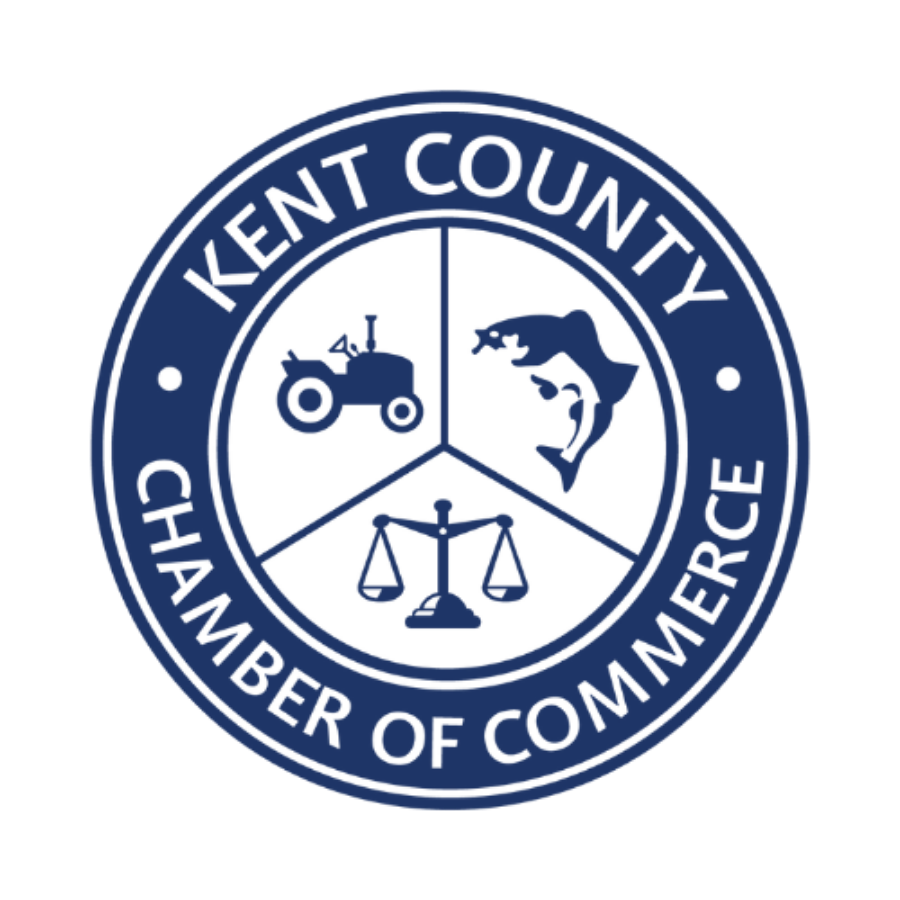A new fiscal year and the back-to-school hustle make for a great time to push yourself to create and implement a strategic communications plan.
Your strategic communications plan is so important because it will serve as a guide for your upcoming year. Without a plan, you enter into a reactive mode instead of proactively planning the best approach and value for your investments.
You might already have a plan, but with budget cuts and staff priorities shifting, and not getting everything implemented last year, this is an opportunity to make a fresh start.
What did you say… you don’t have a communications plan? Good news! In today’s newsletter, I’m walking you through how to create one!
Now, I’m not a fan of the large novel-like plan that no one will ever read. I find that clients actually follow through on plans that are more straightforward and not as intimidating. Here’s a quick outline to get you started.
Get a cup of coffee, open up a Word doc, and brainstorm your answers to the following:
1. Identify your organization’s mission and vision. (Your “why”)
Keeping this front and center can help you to develop a plan that supports your larger goals and vision. If you aren’t sure of your “why,” you can watch this video for additional inspiration.
2. Identify your communication goals.
Once you’re clear on your “why,” you can identify the more specific communication goals that you want to reach. For example…
- Do you want to increase your prospect list by 25%.
- Do you want to increase your media coverage with at least two articles each month in your local paper?
- Do you want to create and implement a new marketing campaign for your organization, new website, collateral materials, etc. that will increase your web traffic by 75%?
Brainstorm from 5-10 of your top communication goals for the coming fiscal year.
3. Identify the different audiences you’ll be targeting with this plan — and be specific.
Will your plan address tourists that live 50+ miles away and have a disposable income of $80,000? Will your workshops target local small business owners that are interested in growing their business and need your help to support their goals? Will you be targeting recent college graduates to come to your area for employment opportunities that are supported by your local industry base?
Having a clear picture of your target market will allow you to more easily pinpoint what social media and mainstream media they are consuming.
Write down a description of your target markets. You can also identify psychographic information, like their values, interests, lifestyle, and hobbies.
4. Get clear on the strategies and tactics you want to implement in the following areas:
- Media Relations — How will you be working with the media during this upcoming year? For example: Will you be writing a monthly column for your local paper to highlight the content from free workshops you’ll be hosting? Will you reach out to one new reporter every week and seek to establish a relationship with them — if you can be a source of valuable information?
- Community Relations — How will you be connecting with the community? For example: Will you be hosting special events that will be open to the public or do you have a local non-profit organization you like to support?
- Social Media — Often this is a separate stand-alone plan, but I’ve always found it most helpful if it falls alongside all of the other communication strategies. This will need to include details about each social network you’re currently using and how that landscape will change (for your organization) in the future. Be careful not to overcommit here. Know that it’s okay to drop off Facebook or Twitter if it’s not working for you.
- Advertising — Once you’ve identified your advertising budget you’ll be able to complete this section. NOTE: Don’t get confused between advertising (paying for an ad to be placed) and media relations (editorial content that a reporter creates).
- Collateral materials — Identify what needs to be updated: website, brochures, annual report, ads, etc.
5. Measure Results — It’s not quite fair to leave this until the end because it needs to be considered with every goal, strategy and tactic you put on paper. How will you know (and be able to justify to others) that your plan was successful?
Now, don’t get me wrong… I know that not every tactic will work perfectly. And if they all do, you aren’t being creative or daring enough! But you need to measure the results somehow and be able to look back at the results every week, month, quarter or year to see what you should modify for next time. Write down here how you plan on measuring your results.
6. You may also want to include the following items in your plan:
- Key messages
- Sample press release (at least your organization’s boilerplate)
- Media contact list
- Editorial content calendar for your e-newsletters and blogs
- Organizational calendar of big events that are scheduled during the upcoming year
Once you’ve brainstormed ideas for your marketing plan, call in a helpful team member. Together, you can identify your highest leverage actions for the coming year. And if you need additional help, reach out to your friends here at PPR Strategies.








